In the dark corridors of criminal history, the notion of female serial killers lurks like a hidden specter. While the vast majority of violent crimes are perpetrated by men, the phenomenon of brutal women criminals presents a perplexing puzzle. Are these ruthless women an anomaly or a more common occurrence than society is willing to admit?
It’s a startling fact that female criminals might be more prevalent than most people think. Yet, the very rarity with which they are perceived makes them harder to catch. These ruthless women often employ methods that are less violent and more surreptitious, like poisoning, making their crimes less conspicuous. They slip through the cracks of law enforcement’s gaze, their nurturing facades masking a sinister reality.
In unveiling ’10 Most Brutal Women Criminals in History’, we not only recount tales of horror but also dissect the enigma that surrounds these deadliest female serial killers. Their stories, woven with deception and darkness, challenge our preconceptions and force us to confront the chilling truth: that monsters come in all genders.
10 – Gertrude Baniszewski: The Torture Mother
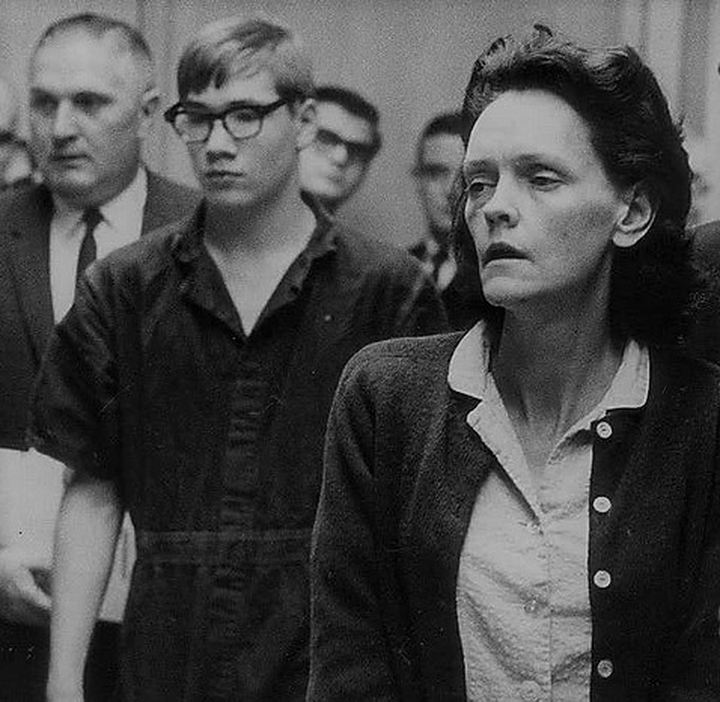
Gertrude Baniszewski, often referred to as the “Torture Mother,” holds a notorious spot in criminal history. Her crimes, particularly the torture and murder of Sylvia Likens, shock and horrify to this day.
Gertrude’s descent into brutality wasn’t immediate. Born in 1929, she endured a difficult childhood marked by a dysfunctional family. Her adulthood didn’t fare much better, with a string of failed marriages and financial struggles. These hardships, however, don’t excuse her actions; they merely paint a backdrop to the horrors that would unfold.
In 1965, Sylvia Likens and her sister were left in Gertrude’s care. What followed was a harrowing ordeal of abuse and torture, leading to Sylvia’s death. The case highlighted not just the sadistic nature of Gertrude Baniszewski but also the bystander effect, as many knew of the abuse but remained silent.
Gertrude’s actions raise unsettling questions about human nature and morality. Her transformation from a struggling mother to a merciless torturer reflects a disturbing side of humanity.
09 – Leonarda Cianciulli: The Soap-Maker of Correggio
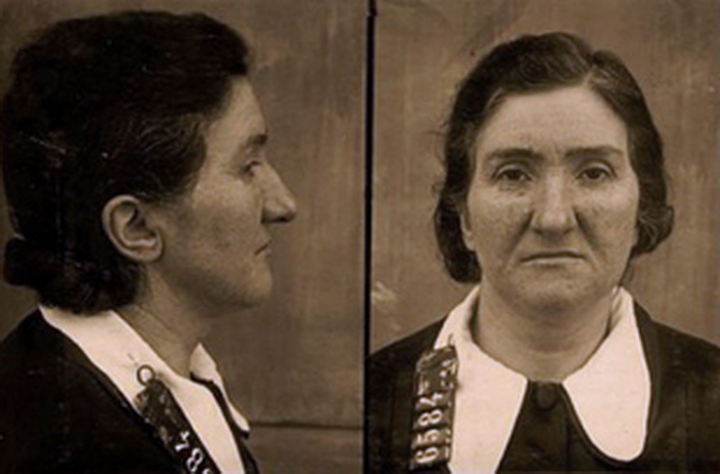
Leonarda Cianciulli’s tale is one steeped in tragedy, superstition, and murder. Known as the “Soap-Maker of Correggio,” her crimes are among the most bizarre and macabre in criminal history.
Leonarda’s life was marred by loss and trauma. Multiple miscarriages and the death of her mother led her to seek solace in the supernatural. A fortune-teller’s warning—that she would outlive her children—sent her spiraling into paranoia and obsession.
Her descent into madness culminated in a series of murders between 1939 and 1940. Leonarda lured her victims with the promise of help, only to kill them and use their remains to make soaps and cakes. Her twisted belief was that these sacrifices would protect her surviving children.
The case of Leonarda Cianciulli exposes the dark intersection of superstition, mental illness, and criminality. Her story remains a chilling reminder of how deeply ingrained beliefs can drive a person to commit unspeakable acts.
08 – Irma Grese: The Hyena of Auschwitz
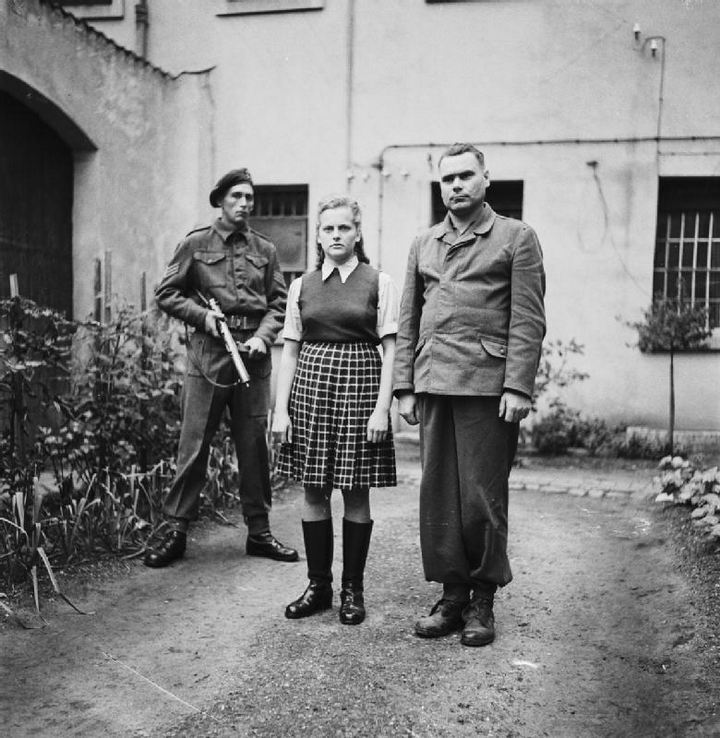
Irma Grese, infamously known as the “Hyena of Auschwitz,” stands as a haunting embodiment of cruelty and sadism during the Holocaust.
Born in 1923, Grese grew up in a troubled household. Her early life, however, offers little explanation for the monstrous path she would take. As a young woman, she voluntarily joined the ranks of the SS and was assigned to several concentration camps, including Auschwitz and Bergen-Belsen.
Her reign of terror in these camps was marked by extreme brutality. She took perverse pleasure in torturing and killing prisoners, often selecting them for the gas chambers. Her sadistic acts earned her the fear and loathing of inmates and a place in history as one of the most brutal female Nazi guards.
The trial and subsequent execution of Irma Grese post-World War II raised critical questions about the role of women in the Nazi regime and the capacity for cruelty that lies within. Her story is a grim reminder of the depths of inhumanity possible under the guise of ideology and power.
07 – Juana Barraza: The Mataviejitas
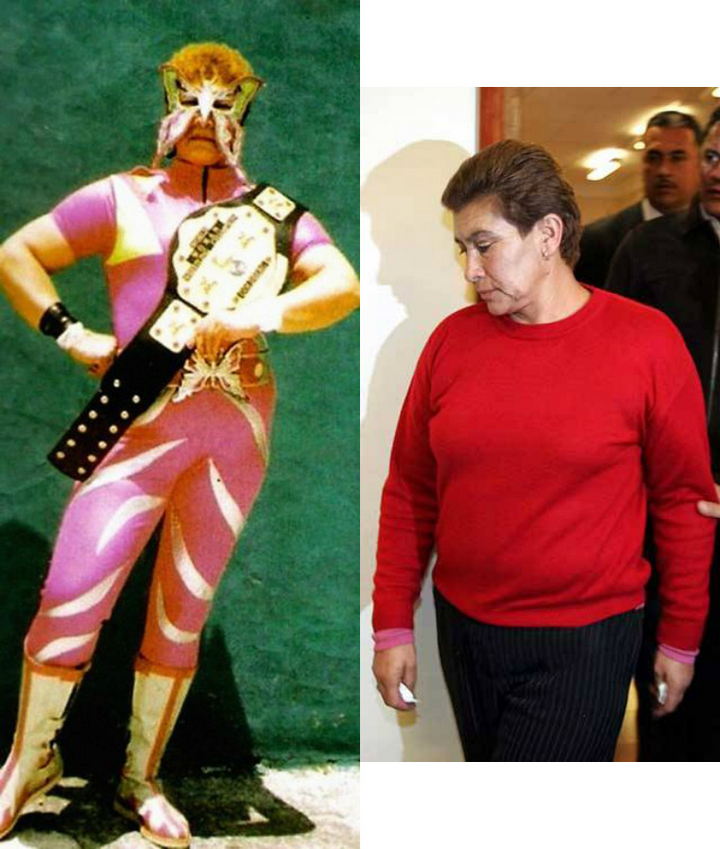
Juana Barraza, infamously known as the “Mataviejitas” or “Old Lady Killer,” stands out as a chilling figure in the annals of female criminality. Her string of murders in Mexico City shook the nation and shattered stereotypes about female serial killers.
Barraza’s background was marred with hardships. A childhood of abuse and neglect perhaps sowed the seeds for her future crimes. However, it’s her career as a professional wrestler that adds an unusual twist to her story, masking the sinister side of her personality.
Her victims, elderly women, were strangled or bludgeoned to death in their homes. Barraza exploited societal trust, presenting herself as a government official to gain entry. Her motives remain a complex tangle of psychological trauma and deep-seated anger.
The case of Juana Barraza not only exposes the brutality she was capable of but also highlights the vulnerabilities and often-overlooked risks faced by the elderly.
06 – Amelia Dyer: The Baby Farming Murderess
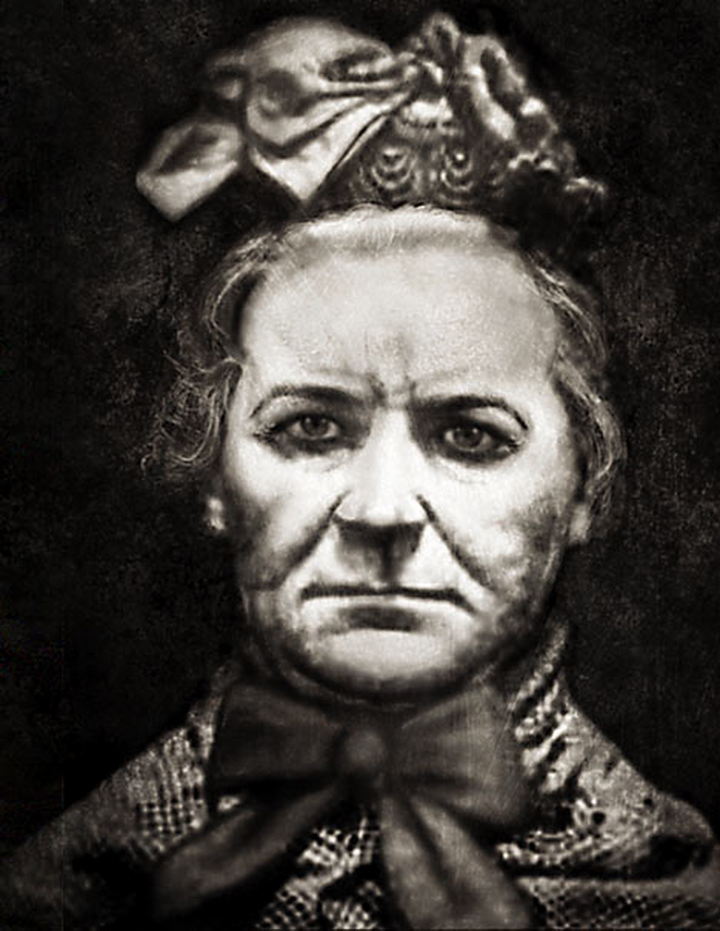
Amelia Dyer’s name is synonymous with one of the most horrific episodes of infanticide in Victorian England. Dubbed the “Baby Farming Murderess,” her crimes exposed the dark underbelly of a practice that preyed on society’s most vulnerable.
Dyer’s modus operandi involved adopting infants under the guise of providing them with a better life. Instead, she callously murdered them, driven by financial gain and a disturbing lack of empathy. The number of her victims remains uncertain, but estimates run into the hundreds, making her one of the deadliest female serial killers in history.
The arrest, trial, and execution of Amelia Dyer not only brought her reign of terror to an end but also catalyzed changes in adoption laws. Her heinous acts cast a spotlight on the need for reform and protection for children.
05 – Griselda Blanco: The Black Widow of Cocaine
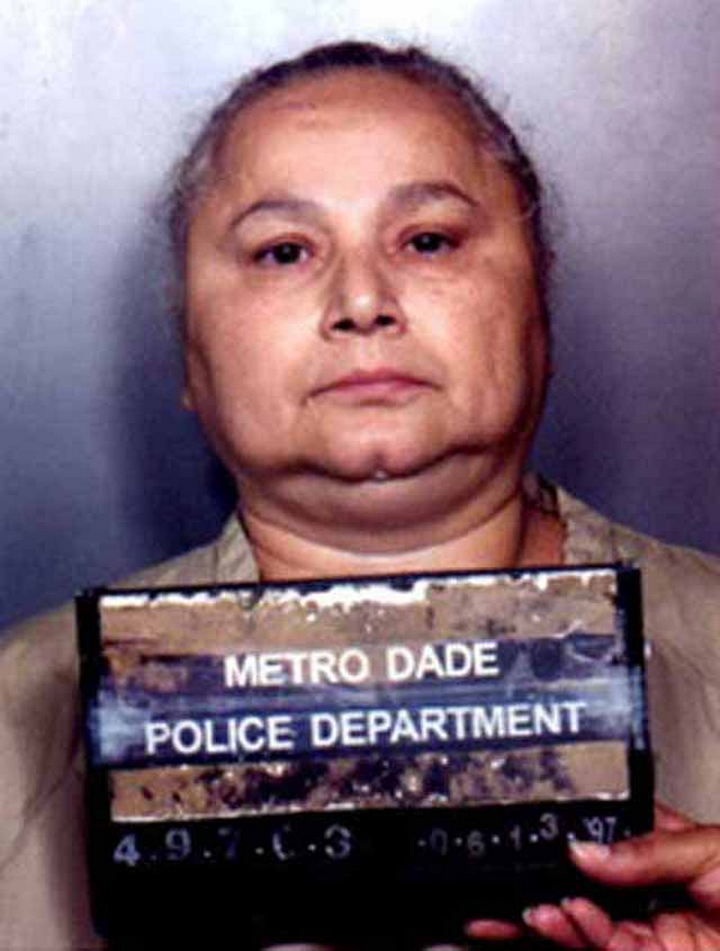
Griselda Blanco, also known as the “Black Widow,” carved her name in the annals of criminal history as one of the most ruthless women in the drug trade. Her rise and fall in the cocaine business are tales of brutality, cunning, and unprecedented power.
Born in Colombia, Blanco’s life was steeped in violence from an early age. Her ascent in the male-dominated world of drug trafficking was marked by a brutal efficiency and a willingness to eliminate anyone who stood in her way.
Her operations in the U.S. during the 1970s and 80s were instrumental in turning Miami into a drug war zone. Murders, kidnappings, and drug trafficking were the tools of her trade, earning her a fearsome reputation.
The life and crimes of Griselda Blanco underscore the intersections of gender, power, and crime. Her story is a testament to the extremes of human ambition and the destructive paths it can lead to.
04 – Myra Hindley: The Moors Murderer
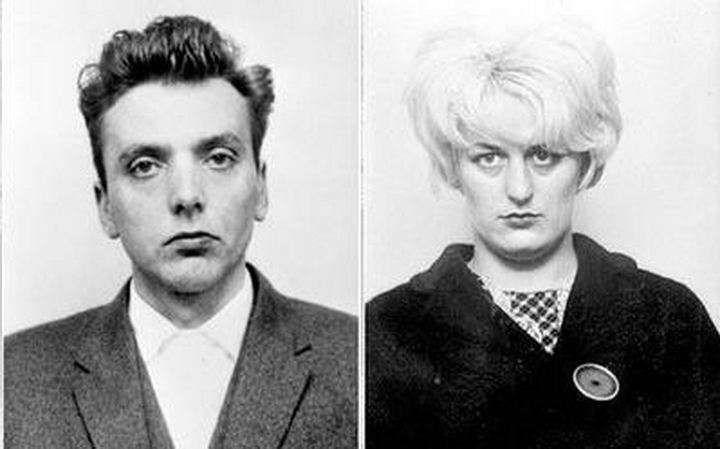
Myra Hindley, often referred to as “The Moors Murderer,” represents one of the most haunting figures in British criminal history. Her partnership in crime with Ian Brady led to a series of abductions and murders that horrified the nation.
Growing up in a working-class suburb of Manchester, Hindley’s life took a dark turn when she became involved with Brady. Together, they committed atrocities that were as shocking in their brutality as they were in their indifference.
Their victims, mostly children and teenagers, were lured to their deaths, leaving behind a trail of sorrow and unanswered questions. Hindley’s role challenged societal perceptions of women and their capacity for evil.
The case of Myra Hindley serves as a grim reminder of the depths of depravity that can exist behind a seemingly ordinary facade, shaking the core of societal trust.
03 – Ma Barker: The Matriarch of Mayhem

Kate “Ma” Barker, often mythologized as the matriarch of a criminal family, occupies a unique place in the annals of American crime. Her life and involvement with the Barker-Karpis gang have been the subject of debate and speculation.
The image of Ma Barker as the mastermind behind her sons’ criminal endeavors has been contested, with some arguing that she was more of a passive participant. However, her association with the gang’s notorious bank robberies, kidnappings, and murders during the Public Enemy era remains undisputed.
Whether a criminal mastermind or an unwilling accomplice, Ma Barker represents a complex figure in the narrative of female criminality, challenging stereotypes and raising questions about family dynamics and criminal behavior.
02 – Belle Gunness: The Lady Bluebeard

Belle Gunness, dubbed “The Lady Bluebeard,” stands out as one of the most prolific female serial killers in American history. Her life is a chilling tale of murder, deceit, and greed.
Born in Norway, Gunness immigrated to the United States, where she would embark on a murderous spree. Her victims, often suitors or husbands, were lured by the promise of love or financial gain, only to meet a gruesome fate.
The discovery of numerous bodies at her farm in Indiana unveiled the extent of her crimes. Gunness’ ability to evade suspicion for years underscores the dangerous intersection of gender expectations and criminal cunning.
The story of Belle Gunness delves into the darkest aspects of the human psyche, revealing how trust and affection can be twisted into tools of manipulation and murder.
01 – Elizabeth Báthory: The Blood Countess

Elizabeth Báthory, often known as “The Blood Countess,” is a name that evokes terror and fascination in equal measure. Born into Hungarian nobility, Báthory’s life descended into infamy due to her sadistic and gruesome crimes.
Allegedly driven by a quest for eternal youth, she is accused of torturing and killing hundreds of young women. Tales of her bathing in their blood to maintain her beauty have become the stuff of legend, contributing to her notoriety as one of history’s most brutal female criminals.
Báthory’s reign of terror came to an end when she was eventually confined to her castle, where she spent her final years. Her legacy, however, has endured, inspiring numerous works in literature and film.
The story of Elizabeth Báthory remains a potent reminder of the extremes of human cruelty and the enduring allure of macabre tales. Her life, shrouded in mystery and horror, continues to captivate and horrify, cementing her place in the pantheon of history’s most brutal women criminals.
Tracing the Roots of Female Violence
When we delve into the world of female perpetrated violence, few stories are as chilling as that of Aileen Wuornos, often labeled as the first female serial killer in the United States. Yet, even her story pales in historical infamy compared to Elizabeth Bathory, whose aristocratic cruelty and bloodlust have marked her as the most horrible female serial killer.
These narratives, harrowing and complex, compel us to confront the multifaceted nature of evil. They remind us that monstrosity is not bound by gender and that the roots of violence can be found in the most unexpected places. From the blood-drenched castles of Bathory to the tragic life and death of Wuornos, these women leave a legacy that challenges and horrifies.
The Shifting Landscape of Female Criminality: Understanding the Underlying Causes
In recent years, the phenomenon of female criminals emerging with brutal ferocity has sparked debates and questions. What drives this surge in female criminality, and how do we unravel the intricate tapestry of factors that lead women down a path of ruthless violence?
Exploring the Rise in Female Criminality demands a multidimensional approach. Psychological analysis often points to traumatic backgrounds or mental health issues as key factors. However, it’s crucial to look beyond the individual and examine societal influences. Changing gender dynamics, increased societal pressures, and the evolving landscape of crime itself play significant roles.
Moreover, the way women are perceived in society can shape their criminal behavior. Ruthless women often manipulate societal expectations of femininity to mask their sinister activities. Their crimes might initially go undetected due to the disbelief that women could be capable of such brutality.
This exploration into the roots of female criminality doesn’t just paint a picture of the modern female serial killer; it reveals a complex interplay of personal, psychological, and societal factors. Understanding these elements is crucial in comprehending why some women turn into deadliest female serial killers, leaving behind a legacy that both horrifies and intrigues.


